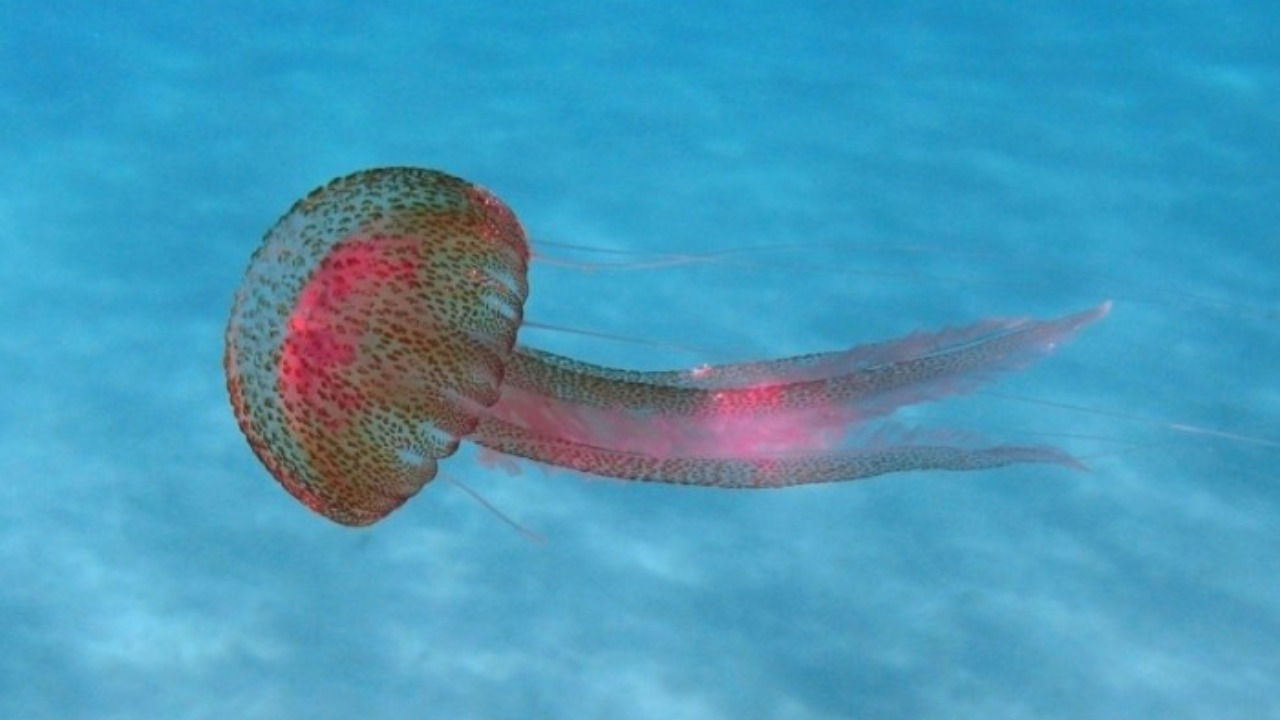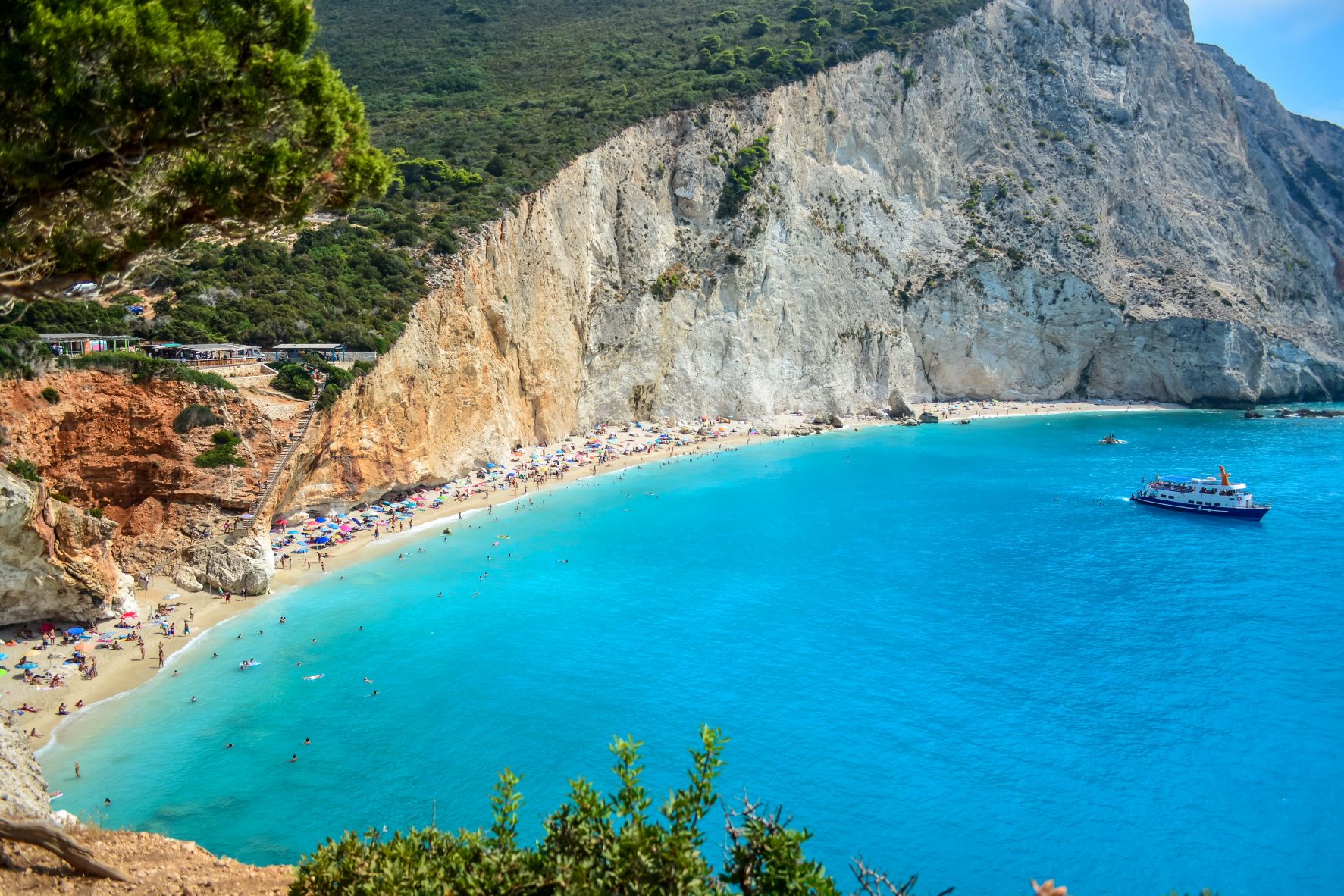
Sightings of purple jellyfish in the waters surrounding Greek islands have sparked concerns that a high number of the creatures could ruin the experience of beachgoers and swimmers visiting the Greek coast.
Purple jellyfish, known scientifically as Pelagia noctiluca, are covered in stinging cells. Their sting is painful and symptoms can continue for an extended period.
The purported sightings were mostly in the northern portion of the Ionian Sea which is home to a number of Greek islands popular with tourists, such as Corfu, Lefkada, Zakynthos and Kefalonia. Experts have said that it is too early to determine whether large numbers of the infamous purple jellyfish will wash up on the shores of Greek islands.
Purple jellyfish sighted near Greek islands
The sightings were noted on iNaturalist, a nature app that allows users to identify and share animals and plants. The website has a paged dedicated to observing jellyfish numbers in Greece.
A large number of sightings were logged on the iNaturalist map in the waters around Ionian islands like Corfu, Lefkada, Kefalonia, and Ithaca.

In previous years, an explosion in the population of purple jellyfish has been recorded across the Mediterranean, causing problems for visitors to the Greek islands wanting to experience the picturesque beaches and crystal clear waters without the risk of being stung.
Last year, sightings of large numbers of the purple jellyfish were made in several parts of Greece, including the central and northern Aegean but also further south and particularly in the Saronic Gulf near Athens.
Large populations of jellyfish appear in Greece at intervals of four to five years, similar to those observed in other Mediterranean countries.
In Greek seas, jellyfish typically remain for two to three years, and the period of their stay varies depending on the region and environmental conditions of the particular marine area.
Presently, it is too early to determine whether large numbers of jellyfish will become the bane of beachgoers and swimmers visiting the Ionian region.
“So far there have been four sightings from Corfu. On April 19 in the Anemomylos area several purple jellyfish were spotted, which based on their coloration appear to be young, and we expect activity in the coming period,” commented Christos Taklis, manager of the Greek Biodiversity Observatory.
What are purple jellyfish?
The purple jellyfish, also known as the mauve stinger, and referred to as Pelagia noctiluca in scientific parlance, is a member of the Pelagiidae family of jellyfish.
As the name suggests, the purple jellyfish is often a mauve purple color, but may also come in shades of pink, light brown, or yellow.
The species is notable for the fact that both its tentacles and bell are covered in stinging cells, an unusual trait among jellyfish.
See all the latest news from Greece and the world at Greekreporter.com. Contact our newsroom to report an update or send your story, photos and videos. Follow GR on Google News and subscribe here to our daily email!



